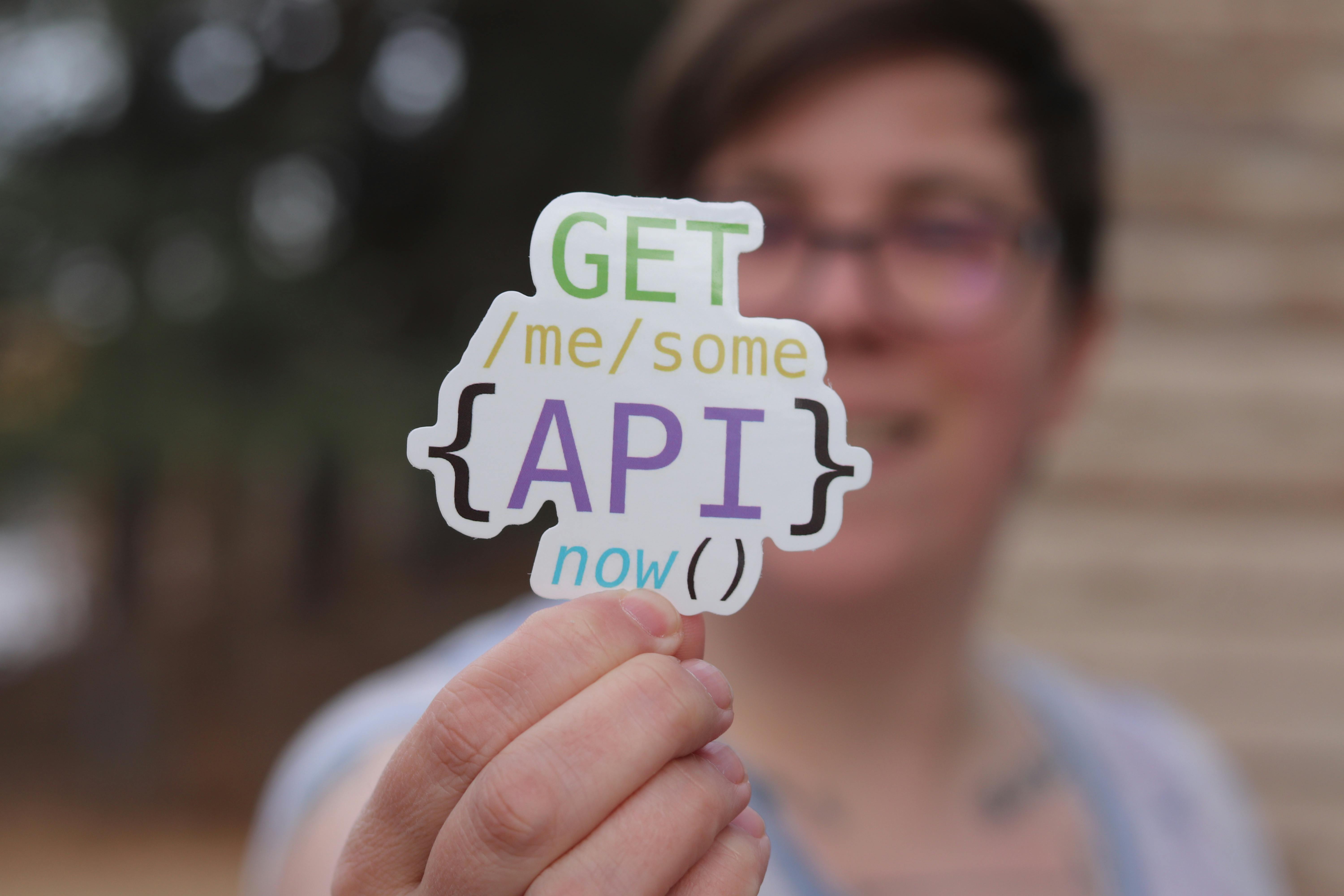Essential Guide to How to Make Coffee in a Pot Easily in 2025
Making coffee at home is an art that combines technique, flavor, and personal taste. Knowing how to make coffee can significantly enhance your morning routine, add joy to social gatherings, and provide a comforting ritual in your daily life. In this comprehensive guide, we will explore various coffee brewing methods, focusing particularly on making coffee in a pot. This includes essential coffee pot instructions, understanding coffee types, and tips to enhance your overall coffee experience.
Coffee's rich history and cultural significance are felt around the globe, making it not just a beverage but a way to connect. As we dive into the brewing techniques, we will also emphasize the importance of coffee freshness, water quality, and even the right techniques for stirring and serving. By the end of this guide, you'll be equipped with the knowledge to brew the perfect cup of coffee, whatever your preference might be.
So, let’s delve into the essentials of coffee preparation techniques and learn not just how to make coffee, but also how to elevate its flavor profile and aroma.
Understanding Different Coffee Brewing Methods
To start, let’s look at the various methods available for brewing coffee. Knowing these methods allows you to choose the best one for your taste and the type of coffee you want.
Popular Coffee Brewing Techniques
Brewing coffee can take on many forms, including:
1. **Drip Coffee**: The most common method used in many households. It involves dripping hot water over coffee grounds contained in paper or metal filters.
2. **French Press**: This method immerses coffee grounds in hot water, allowing for full flavor extraction. The grounds are then separated from the brewed coffee using a plunger.
3. **Pour-Over**: A manual brewing technique where hot water is poured over coffee grounds in a filter, giving the brewer full control over brewing time and water flow.
4. **Cold Brew**: Coffee grounds are steeped in cold water for an extended period, typically 12-24 hours. This yields a smooth and mellow flavor.
5. **Moka Pot**: Also known as a stovetop espresso maker, it brews coffee by passing boiling water pressurized by steam through coffee grounds.
These methods highlight the versatility of coffee brewing and how certain techniques can yield different flavor profiles. By mastering these various techniques, you can elevate your coffee drinking rituals and surprise your guests with exquisite brews.
Choosing the Right Coffee Pot
Selecting the right coffee pot is crucial for the brewing method you choose. Here are some popular types of coffee pots:
- **Drip Coffee Maker**: Ideal for making multiple cups quickly and consistently.
- **French Press**: Excellent for those who appreciate a strong, full-bodied flavor.
- **Moka Pot**: For those who enjoy a rich, concentrated coffee similar to espresso.
- **Aeropress**: A portable option that brews delicious coffee with minimal cleanup.
Understanding the types of coffee pots and their functions will help you pick the right equipment that fits your lifestyle.
Factors Affecting Coffee Taste and Aroma
As we’re learning about making coffee, it’s essential to note that several factors can affect its taste and aroma.
Measuring Coffee Grounds Accurately
Correct coffee grounds measurement is essential for the brewing process. The standard recommendation is to use about two tablespoons of coffee per six ounces of water for a balanced flavor. However, adjusting these ratios allows you to customize the strength of your coffee.
Utilizing a coffee scale can ensure accurate measurements and lead to better flavor consistency. Experimenting with different measurements can also lead to discovering your ideal cup.
Water Quality and Its Impact on Brewing
Quality water is a key ingredient in brewing coffee. Using filtered or bottled water can reduce impurities and lead to better-tasting coffee. Tap water can alter coffee's flavor, depending on its mineral content and chlorine levels, so be mindful of the water source you choose.
As you experiment with brewing, notice how different waters can affect the final taste of your coffee.
Enhancing Your Coffee Experience
Once you've grasped the basics of making coffee, it's time to elevate your coffee experience even further.
Adding Milk and Sugar
The traditional favorites, like sugar and milk, can significantly enhance your coffee's flavor. Whether you opt for whole milk, oat milk, or adding a splash of cream, it's all about balancing your drink to your preference.
When adding sugar, consider starting with a small amount and adjusting to your taste. Sugar can enhance certain flavor profiles while masking others, so be aware of how it interacts with different coffee types.
Experimenting with Flavors
Coffee doesn't have to be boring! You can experiment with many flavoring options, including spices like cinnamon or nutmeg, flavored syrups, or even chocolate. Creating unique blends can add an exciting twist and turn your coffee into a special treat.
You might also want to explore single-origin coffee or blends that feature specific flavor notes, enhancing your overall coffee drinking experience.
Tips for Perfecting Your Brew: Timing and Temperature
The timing and temperature of your brewing process are critical in achieving the perfect cup.
Brewing Time Adjustments
Each brewing method has an optimal brewing time. For example:
- **Drip Coffee**: Around 5 minutes
- **French Press**: 4 minutes steeping
- **Cold Brew**: 12-24 hours
Pay attention to these times as they can make a difference in the final taste.
Serving Temperature and Keeping Coffee Warm
After brewing, coffee is best enjoyed when served hot, typically around 160°F to 185°F. If you're brewing larger batches, consider using thermal carafes to maintain temperature without compromising flavor.
Allowing coffee to sit on the heat source for too long can result in burnt tastes, so it's best to serve soon after brewing or keep it in a thermal container.
Caring for Your Coffee Pot: Maintenance and Storage
Proper maintenance of your coffee pot ensures the longevity of the equipment and the quality of your coffee.
Cleaning Your Coffee Maker
Regular cleaning of your coffee maker is essential to avoid the build-up of coffee oils, which can affect the taste over time. Most coffee makers can be cleaned with a mixture of vinegar and water to help eliminate residue and odors.
Make it a habit to perform a deep cleaning regularly to enjoy consistently good coffee.
Storing Coffee Beans Effectively
The freshness of your coffee beans dramatically impacts the flavor. Store coffee in an airtight container in a cool, dark place to maintain flavor and aroma. Avoid storing coffee in the refrigerator or freezer, as moisture can lead to degradation.
Using whole beans and grinding them just before brewing can provide the freshest flavor, making this a worthwhile step in your coffee preparation journey.
Frequently Asked Questions About Coffee Brewing
What are the best types of coffee for beginners?
For beginners, medium roast coffee is often preferred due to its balanced flavor profile, offering a nice mix of acidity and body. Light roasts are milder, while dark roasts present a stronger taste, which might be too intense for new coffee drinkers.
How can I enhance my coffee flavor?
Experimenting with different coffee beans, adjusting grind size, and utilizing various brewing methods can all enhance your coffee's flavor. Additionally, experimenting with flavoring options like milk, spices, or flavored syrups can provide exciting results.
What's the ideal brewing ratio for coffee?
A common starting point is 1:15, meaning one part coffee to fifteen parts water. Adjusting this ratio based on personal preference and the brewing method can help achieve your desired strength.

 Explore the world of coffee with this guide at your side! Knowing how to make coffee and understanding the intricacies of brewing will allow you to enjoy one of life's simple pleasures with confidence and skill.
Explore the world of coffee with this guide at your side! Knowing how to make coffee and understanding the intricacies of brewing will allow you to enjoy one of life's simple pleasures with confidence and skill.


 Explore the world of coffee with this guide at your side! Knowing how to make coffee and understanding the intricacies of brewing will allow you to enjoy one of life's simple pleasures with confidence and skill.
Explore the world of coffee with this guide at your side! Knowing how to make coffee and understanding the intricacies of brewing will allow you to enjoy one of life's simple pleasures with confidence and skill.